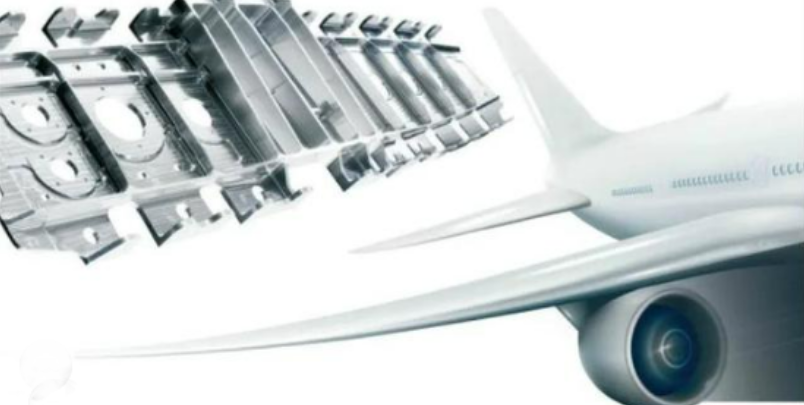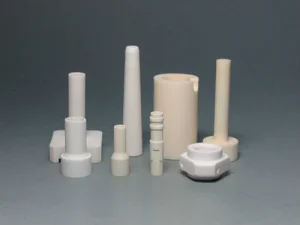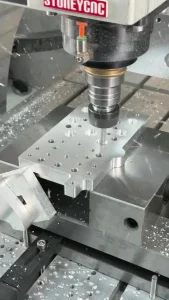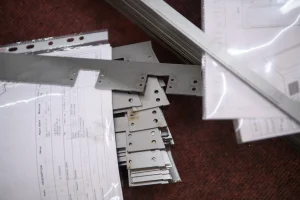Aircraft sheet metal refers to the process of forming metal sheets into various parts required for aircraft through shearing, cutting, folding, hammering, welding, etc. It is an indispensable part of the aircraft manufacturing process. Aircraft sheet metal is of great significance because many parts required for aircraft are made of sheet metal, such as the fuselage shell, wings, air intakes, etc. Therefore, it is very necessary to master the relevant knowledge of aircraft sheet metal.

In the aviation field, sheet metal processing has important applications and is used to manufacture aircraft structures and aviation devices. The following are some key points to master the sheet metal processing technology in the aviation field:
1. High-strength materials: The aviation field has very high requirements for the strength and lightness of materials. Therefore, in sheet metal processing, high-strength metal materials such as aluminum alloys, titanium alloys and composite materials are often used. These materials have high strength and rigidity, and are relatively light in weight, which helps to improve the performance and fuel efficiency of aircraft.
2. Complex curved surface components: The appearance of aircraft is complex, and a large number of curved surface components are required. Sheet metal processing technology can manufacture complex curved surface components through processes such as bending, stamping, and cutting to meet the aerodynamic performance and structural requirements of aircraft.
3. CNC processing technology: The aviation field has very high requirements for the precision and quality of sheet metal components. CNC processing technology is widely used in sheet metal processing in the aviation field, such as CNC punching machines, CNC bending machines, CNC laser cutting machines, etc. These equipment have the characteristics of high precision, high efficiency and good repeatability, and can meet the precise requirements of components in the aviation field.
4. Automated production line: The aviation field has a large demand for large quantities of sheet metal components, so automated production lines are very important in the aviation field. Automated production lines can realize processes such as automatic feeding, automatic stamping, automatic bending and automatic assembly, improving production efficiency and product quality.
5. Quality control and inspection: The aviation field has strict quality control requirements for sheet metal components. By using advanced inspection technologies such as three-coordinate measurement and optical scanning, sheet metal components can be accurately measured and shape inspected to ensure that they meet design requirements and standards.
6. Repair and maintenance: Aircraft may be damaged or worn during use and need to be repaired and maintained. Sheet metal processing technology plays an important role in the repair and maintenance of aircraft. It can restore the integrity and performance of aircraft by repairing or replacing damaged sheet metal components.
The world of sheet metal processing in the aviation field has high technical requirements and challenges, requiring sophisticated equipment, advanced materials and high levels of process control. With the continuous advancement of science and technology, sheet metal processing technology will continue to develop in the aviation field, providing more efficient and reliable solutions for the design, manufacture and maintenance of aircraft.
Aircraft sheet metal materials
The materials used to make aircraft sheet metal parts vary, depending on the specific application and requirements. Here are some common materials for aircraft sheet metal parts:
1. Aluminum alloy: Aluminum alloy is one of the most commonly used aircraft sheet metal materials, with a good strength-to-weight ratio. Commonly used aviation-grade aluminum alloys include 2024-T3, 6061-T6, and 7075-T6. They have excellent rigidity and corrosion resistance and are suitable for aircraft structures and shells.
2. Titanium alloy: Titanium alloys have excellent strength, rigidity, and corrosion resistance, while being relatively light. They are often used to make high-temperature components, engine covers, and aerospace equipment. Common aviation-grade titanium alloys include Ti-6Al-4V and Ti-6Al-2Sn-4Zr-2Mo.
3. Stainless steel: Stainless steel is used in aircraft sheet metal manufacturing for parts that require high strength and corrosion resistance. Commonly used aviation-grade stainless steels include 304 and 316.
4. Composite materials: Composite materials are composed of fiber-reinforced materials (such as carbon fiber, glass fiber) and matrix materials (such as epoxy resin). Composite materials have high strength, light weight and good corrosion resistance. They are often used to manufacture aircraft wing panels, tail fins and canopies.
5. High-temperature alloys: High-temperature alloys are used to manufacture parts that need to resist high temperature and high pressure environments, such as blades and combustion chambers of turbine engines. Common high-temperature alloys include nickel-based alloys and cobalt-based alloys.
In addition to the above materials, there are many other special materials used to manufacture specific aircraft sheet metal parts, such as magnesium alloys, composite laminates, etc. When selecting materials, factors such as strength, weight, corrosion resistance, high temperature resistance and manufacturing cost need to be considered comprehensively to meet the design requirements and performance requirements of the aircraft.






